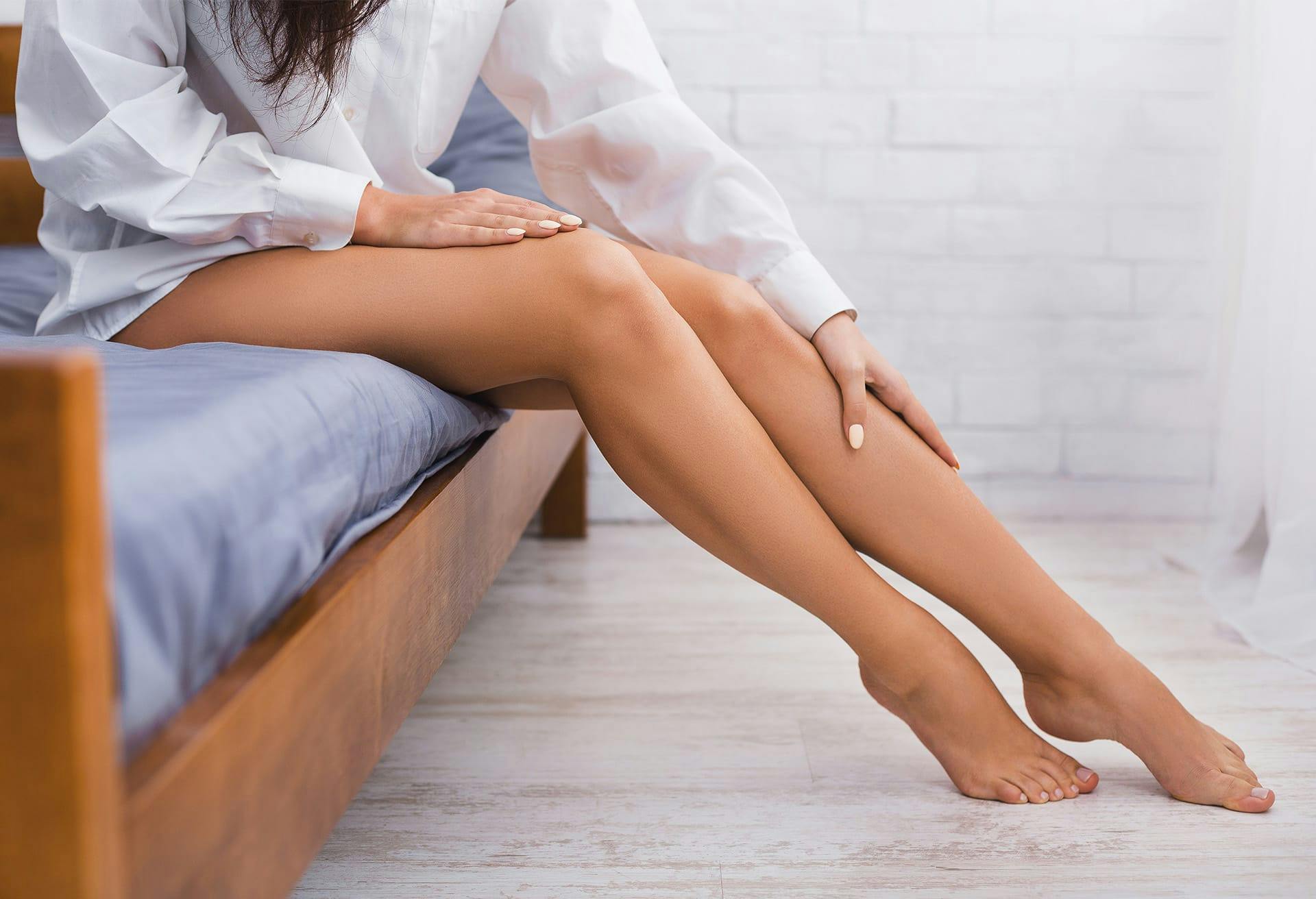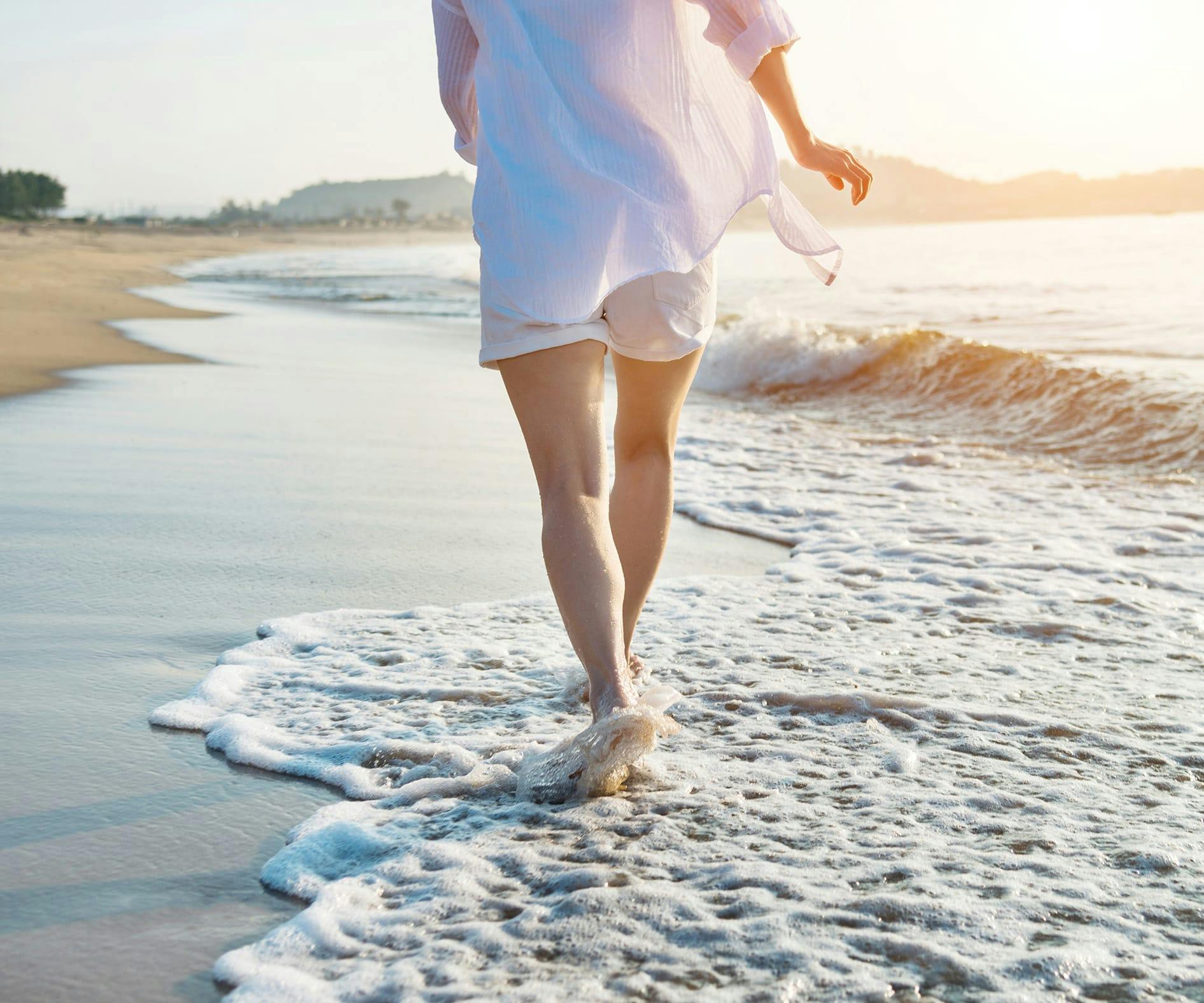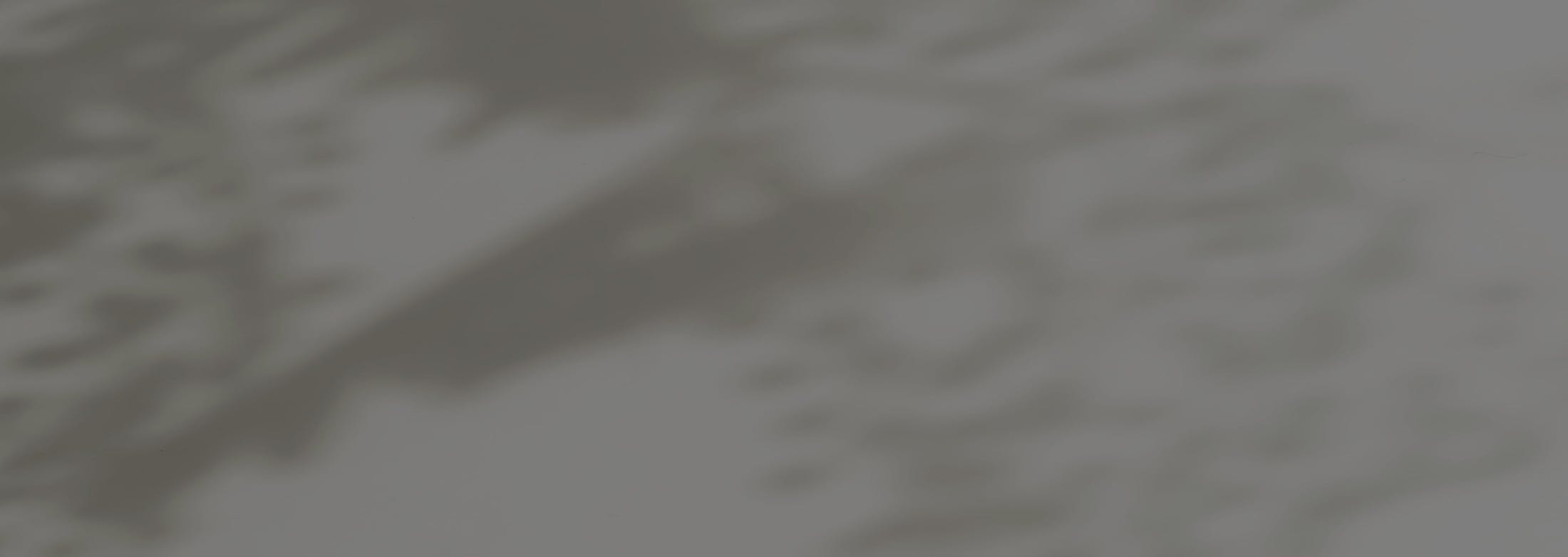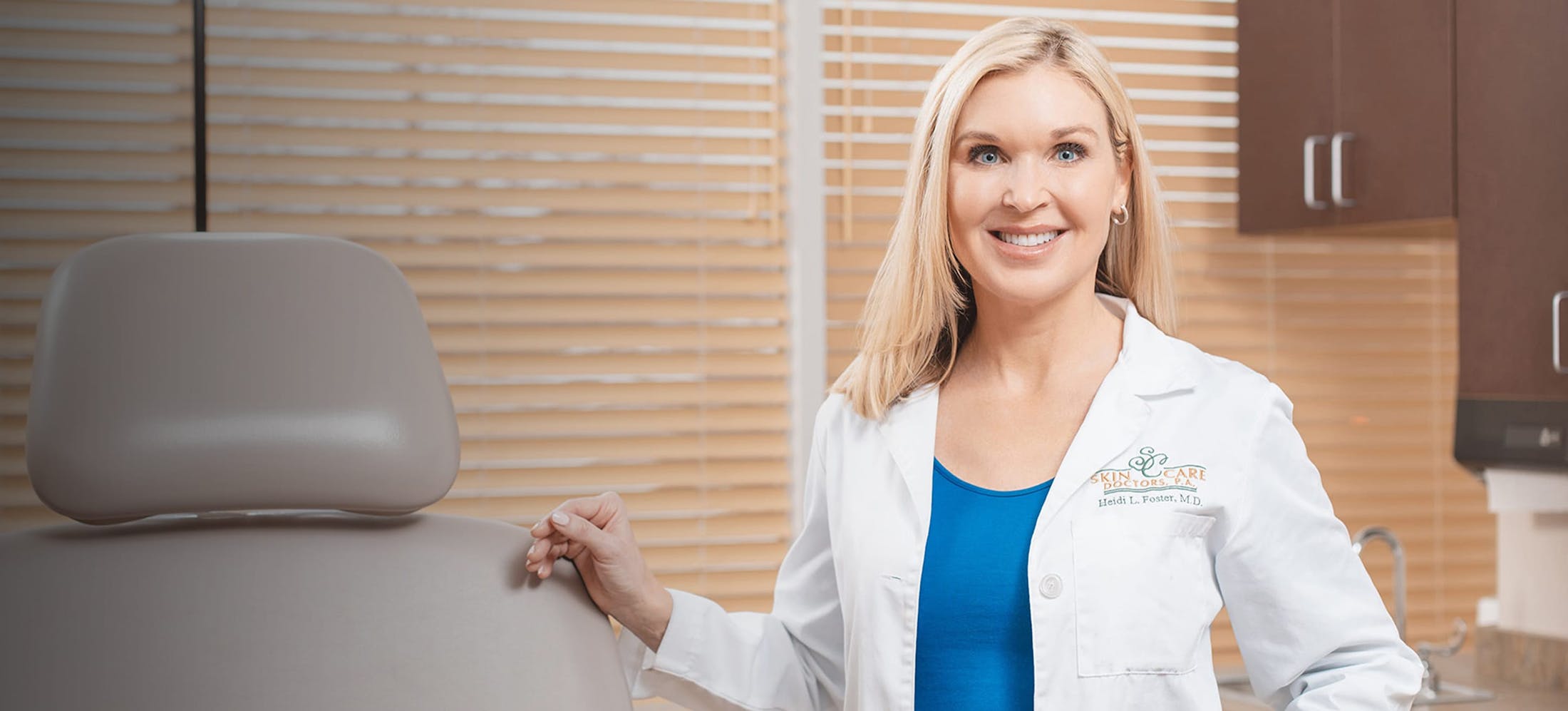Spartz Vein treats varicose veins, a common condition affecting millions of people worldwide.
Varicose Vein Symptoms
- Pain or aching in the affected area
- Swelling or inflammation
- A sense of heaviness or fatigue in the legs
- Cramping or throbbing in the legs
- Burning or itching in the affected area
- Discoloration or darkening of the skin around the affected veins
- Ulcers or sores on the skin near the affected veins





